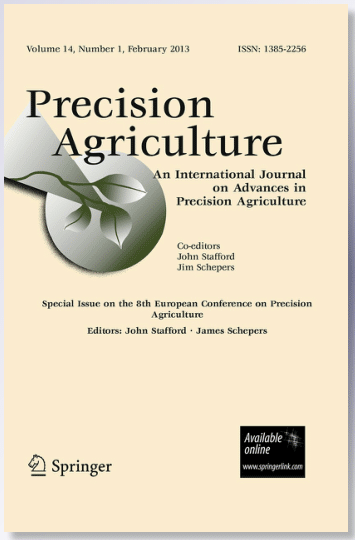Site-specific estimation of lime requirement requires high-resolution maps of soil organic carbon (SOC), clay and pH. These maps can be generated with digital soil mapping models fitted on covariates observed by proximal soil sensors. However, the quality of the derived maps depends on the applied methodology. We assessed the effects of (i) training sample size (5–100); (ii) sampling design (simple random sampling (SRS), conditioned Latin hypercube sampling (cLHS) and k-means sampling (KM)); and (iii) prediction model (multiple linear regression (MLR) and random forest (RF)) on the prediction performance for the above mentioned three soil properties. The case study is based on conditional geostatistical simulations using 250 soil samples from a 51 ha field in Eastern Germany. Lin’s concordance correlation coefficient (CCC) and root-mean-square error (RMSE) were used to evaluate model performances. Results show that with increasing training sample sizes, relative improvements of RMSE and CCC decreased exponentially. We found the lowest median RMSE values with 100 training observations i.e., 1.73%, 0.21% and 0.3 for clay, SOC and pH, respectively. However, already with a sample size of 10, models of moderate quality (CCC > 0.65) were obtained for all three soil properties. cLHS and KM performed significantly better than SRS. MLR showed lower median RMSE values than RF for SOC and pH for smaller sample sizes, but RF outperformed MLR if at least 25–30 or 75–100 soil samples were used for SOC or pH, respectively. For clay, the median RMSE was lower with RF, regardless of sample size.


